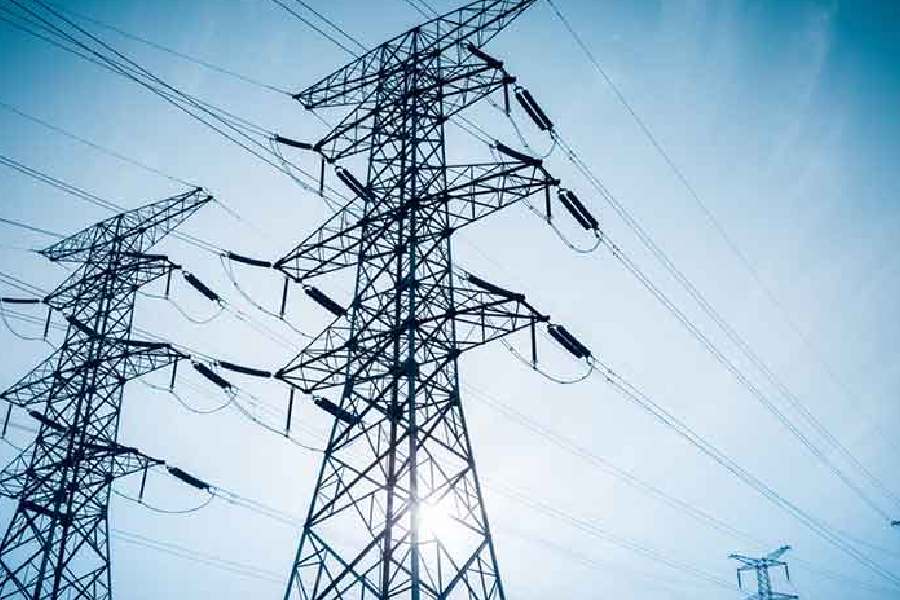Electricity consumers across the country will soon be able to save up to 20 per cent in power bills by planning usage during solar hours or daytime as the government is set to implement a “time of the day” tariff.
The “time of the day” (ToD) tariff provides for varying rates during different times of the day and it will allow consumers to avoid electricity usage for washing clothes, cooking and other purposes during peak hours when power rates are higher.
Consumers can now schedule their work like washing or cooking during off-peak hours (daytime or solar hours) when the tariff is lower.
ToD tariff would be applicable for commercial and industrial consumers, having a demand of 10KW and above, from 1st April 2024. For all other categories of consumers except agricultural, the new rule will be applicable from 1st April 2025.
For those with smart meters, the ToD tariff will be effective immediately after the installation of such meters.
“Government of India has introduced two changes to the prevailing power tariff system, through an amendment to the Electricity (Rights of Consumers) Rules, 2020. The changes are: introduction of Time of Day (ToD) tariff, and rationalization of smart metering provisions,” a power ministry statement said on Friday.
Rather than being charged for electricity at the same rate throughout the day, the price a user pays for electricity will vary according to the time.
Under the new tariff system, the statement said, the rate of electricity during solar hours (eight hours in a day as specified by the State Electricity Regulatory Commission) shall be 10 per cent to 20 per cent less than the normal charges, while it will be 10 to 20 per cent higher during peak hours.
“The ToD tariffs comprising separate tariffs for peak hours, solar hours and normal hours, send price signals to consumers to manage their load according to the tariff,” power minister R.K. Singh said in the statement.
He explained that since solar power is cheaper, the tariff during the solar hours will be less. During non-solar hours thermal and hydropower as well as gas-based capacity is used. Their costs are higher than that of solar power and this will be reflected in TOD.
Most of the state electricity regulatory commissions have already implemented ToD tariffs for large commercial and industrial categories of consumers.










